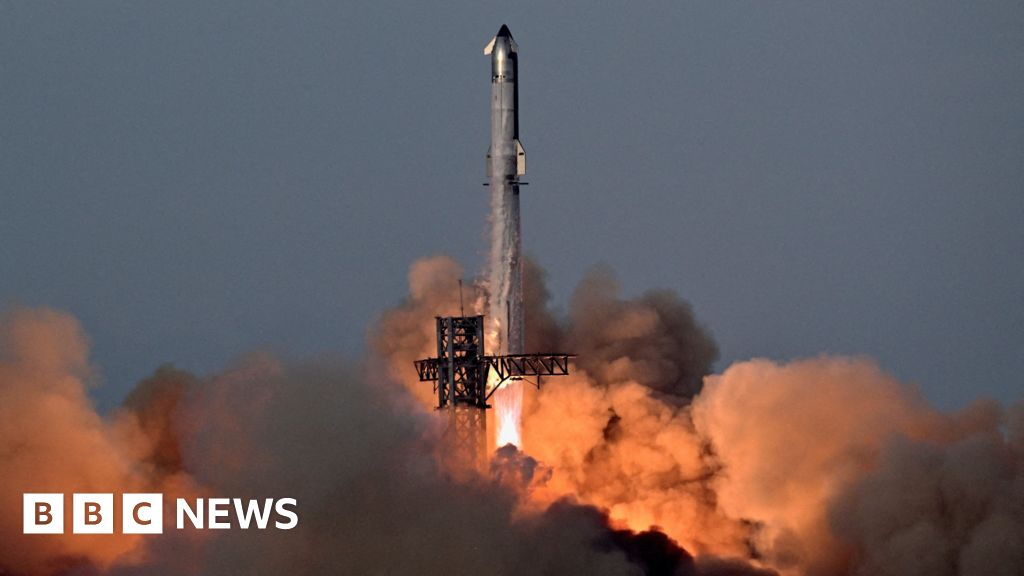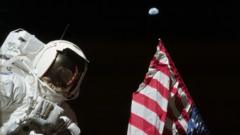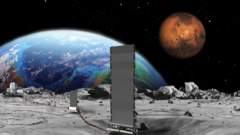The commander of NASA's next mission to the Moon, Reid Wiseman, announced that the crew is set to see things that no human has ever seen. During a recent press conference, he explained that their spacecraft will fly over lunar areas that previous Apollo missions left unmapped.
Nasa aims to launch the first crewed Moon mission in 50 years as early as February 2026. Mission specialist Christina Koch highlighted that the astronauts will study the lunar surface in exquisite detail for a full three hours, asserting, Believe it or not, human eyes are one of the best scientific instruments that we have.
Our geologists are beyond excited for our eyes to look at the Moon, and we've been training how to turn those observations into answering some of the biggest questions of our time, questions like 'Are we alone? said Koch, referring to future missions, including potential explorations on Mars.
The Artemis II mission is central to NASA's Artemis program, which aims to land astronauts and ultimately create a sustained presence on the Moon. Commander Reid articulated the mission’s philosophy by stating that their spacecraft, dubbed Integrity, symbolizes Peace and hope for all humankind.\
The crew also draws inspiration from the Apollo missions of the 1960s and 1970s. Christina Koch, who aims to be the first woman to go to the Moon, expressed that the mission is a dream come true, reminiscent of the iconic Apollo 8 flight that inspired generations.
Jeremy Hansen, a rookie astronaut from Canada, is set to become the first non-American to travel to the Moon, reinforcing the mission’s goal of global collaboration in space exploration.
The crew also includes Victor Glover, who will mark the historic milestone of being the first black astronaut to set foot on the lunar surface. His call sign, IKE, reflects his academic prowess with three master's degrees.
Reid Wiseman echoed a similar sentiment of dedication for all humanity, encapsulating the collective mission ethos: We are going to the Moon for all humanity! Overall, Artemis II is not just a journey to the Moon; it is a step towards a future where human presence in space becomes a common endeavor.


















